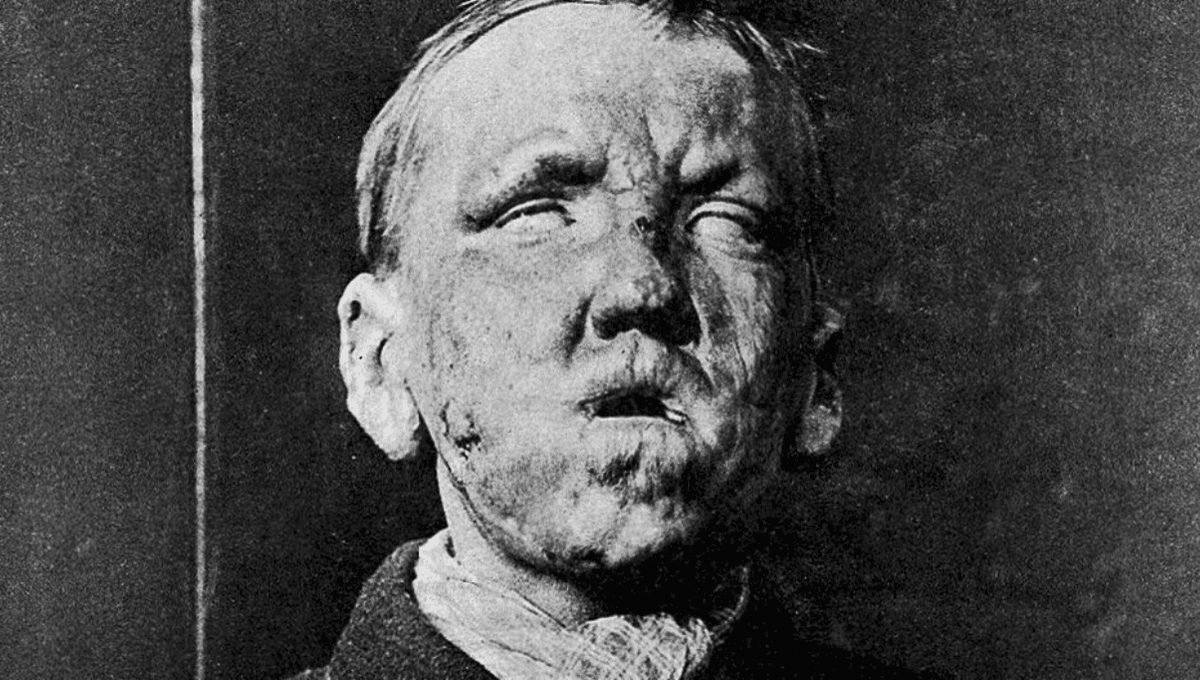In 2020, the US reported 159 cases of leprosy, with Florida taking the lead. Central Florida alone accounted for 81 percent of the state’s cases and nearly one-fifth of the national cases.
Leprosy, also known as Hansen’s disease, has been a feared infection since biblical times. It is caused by the bacteria Mycobacterium leprae or Mycobacterium lepromatosis, which can cause damage to the nerves, respiratory tract, skin, and eyes. Symptoms include discolored patches of skin, unusual skin growths, foot ulcers, painless facial swelling, numbness, and potential paralysis.
Nerve damage is particularly concerning as it can result in a loss of pain sensation, allowing unnoticed damage and infection to occur. While amputation of damaged limbs used to be common, early detection and treatment have made it rare in modern times.
Historically, leprosy was uncommon in the US, usually brought in from other parts of the world where the disease is more prevalent. However, the report suggests that now one-third of cases appear to be locally acquired. Most cases also occur in individuals born in the US, indicating that the slow-growing bacteria can be contracted in early life but only manifest later on.
“This information suggests that leprosy has become an endemic disease process in Florida, warranting further research into other methods of autochthonous transmission,” the report states.
The source of the infections puzzles the report authors. In fact, scientists are still uncertain about how leprosy spreads. It is believed that prolonged close contact with an untreated leprosy case, possibly over several months, is necessary to contract the disease.

An animal may be behind the recent surge of leprosy cases in Florida. The report notes that many cases have been observed in individuals who spend a significant amount of time outdoors, suggesting exposure to the pathogen through the natural environment.
Interestingly, armadillos are known carriers of the bacteria in southern Florida, further supporting this theory. However, leprosy is also on the rise in other parts of the US where armadillos are not naturally found.
The good news is that approximately 95 percent of people have a natural immunity to leprosy. Additionally, the disease is treatable if caught early. Patients typically receive a combination of antibiotics for a couple of years.
Nevertheless, this offers little comfort to the minority who are susceptible to this unpleasant disease.
The new case study is published in the CDC’s journal, Emerging Infectious Diseases.








